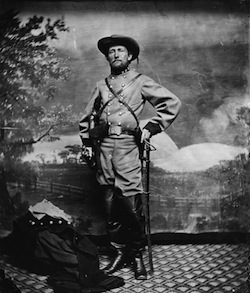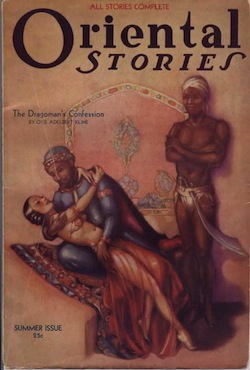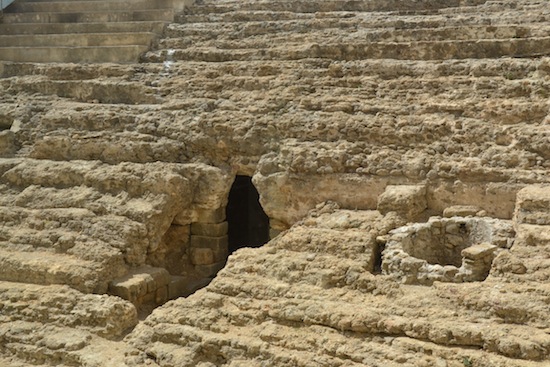Reading The Sheriff of Babylon
 I didn’t read many comics growing up. My pocket money was very limited and if I had a spare dollar, I was far more likely to spend it on a used fantasy or science fiction paperback than a comic book. It wasn’t that I didn’t like comics, it was simply a matter of practicality. A paperback would give me a couple of days of entertainment while a comic would only last an hour.
I didn’t read many comics growing up. My pocket money was very limited and if I had a spare dollar, I was far more likely to spend it on a used fantasy or science fiction paperback than a comic book. It wasn’t that I didn’t like comics, it was simply a matter of practicality. A paperback would give me a couple of days of entertainment while a comic would only last an hour.
What comics I did read were never of the superhero variety. I liked grittier stuff like Sergeant Rock and Eerie. And of course every straight male adolescent growing up in the 1980s liked to sneak a peek at Heavy Metal.
Now that I’m older and have more spare cash, plus a kid getting into comics, I’m beginning to learn about a vast field of literature I’ve missed. Superheroes still don’t interest me (or my son) but I’ve found some really good stories set in the real world.
One of the best is The Sheriff of Babylon, published by Vertigo. A collection of the first six issues is out now.
The setting is Baghdad in 2003, as the American occupiers scramble to reorganize the country. Former police officer Christopher Henry has taken a lucrative contractor job to help train the new Iraqi police force. When one of his recruits gets murdered along with his entire family, Christopher tries to investigate the killing. He enlists the aid of Nassir al Maghreb, a former police investigator from Saddam’s regime who everyone from the CIA to a shadowy militia seem to be after. He also joins forces with Saffiya al Agani, a female Iraqi politician who spent most of her life in exile in the United States and has returned to join the interim government. Soon they find themselves in over their heads trying to make sense of Iraq’s Byzantine politics and warring factions.
Writer Tom King worked a brief stint in Iraq as a CIA operative and brings an insider’s knowledge to the story. Artist Mitch Gerards knows his subject too, and fills the larger panels with telling details.
 With all the grim news coming out of Iraq, it’s easy to think the country has no future. That’s wrong, of course, because being one of the oldest countries in the world, it’s not going anywhere anytime soon.
With all the grim news coming out of Iraq, it’s easy to think the country has no future. That’s wrong, of course, because being one of the oldest countries in the world, it’s not going anywhere anytime soon.






